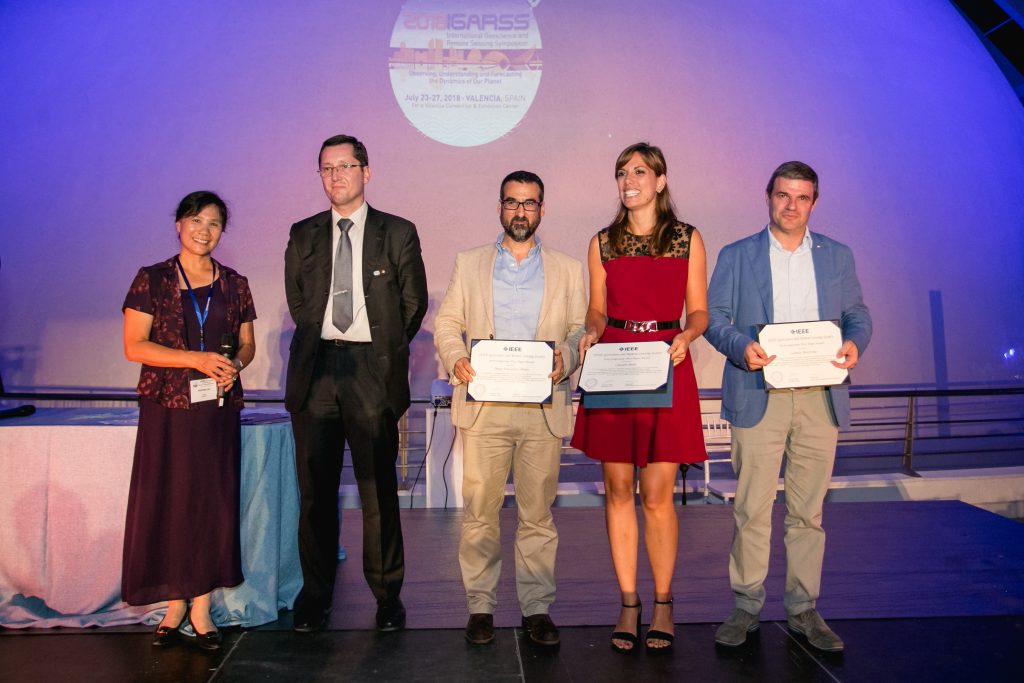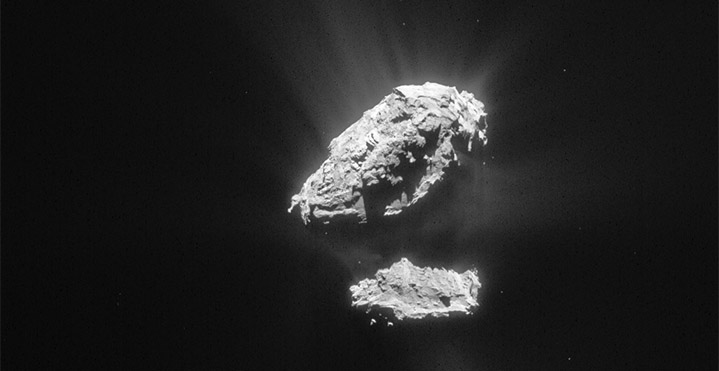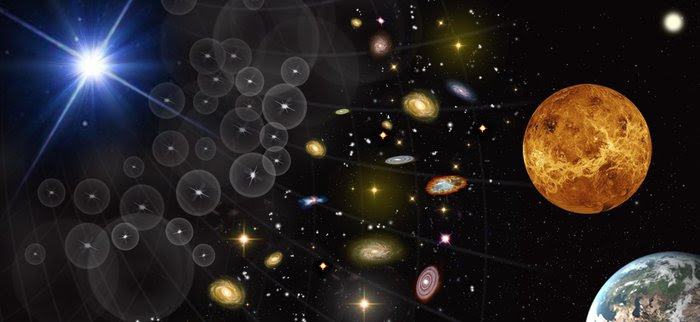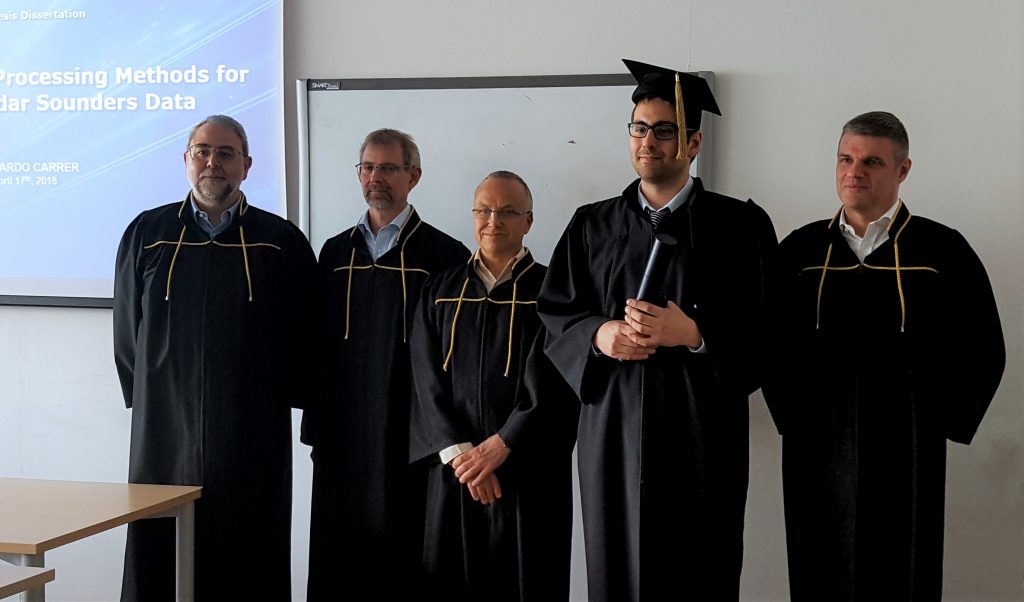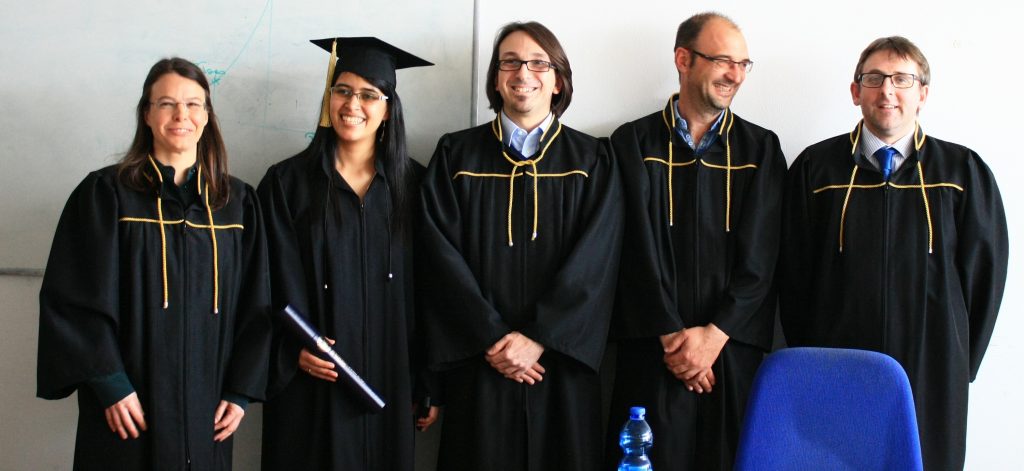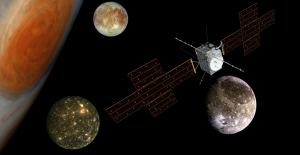RSLab got a very important new project in the framework of the very challenging ICTcall of Horizon 2020 Research and Innovation Framework Programme of European Commission (average proposal success rate of 8%). The ExtremeEarth project will concentrate on developing the technologies that will make Europe a pioneer in the area of Extreme Earth Analytics i.e., the Remote Sensing and Artificial Intelligence techniques that are needed for extracting information and knowledge out of the petabytes of Copernicus satellite remote sensing Big Data.
Project abstract
Copernicus is the European program for monitoring the Earth. The geospatial data produced by the Sentinel satellites puts Copernicus at the forefront of the Big Data paradigm, giving rise to all the relevant challenges: volume, velocity, variety, veracity and value. ExtremeEarth concentrates on developing the technologies that will make Europe a pioneer in the area of Extreme Earth Analytics i.e., the Remote Sensing and Artificial Intelligence techniques that are needed for extracting information and knowledge out of the petabytes of Copernicus data. The ExtremeEarth consortium consists of Remote Sensing and Artificial Intelligence researchers and technologists with outstanding scientific track records and relevant commercial expertise. The research and innovation activities undertaken in ExtremeEarth will significantly advance the frontiers in Big Data, Earth Analytics and Deep Learning for Copernicus data and Linked Geospatial Data, and make Europe the top player internationally in these areas. The ExtremeEarth technologies will be demonstrated in two use cases with societal, environmental and financial value: the Food Security use case and the Polar use case. ExtremeEarth will bring together the Food Security and Polar communities, and will work with them to develop technologies that can be used by these communities in the respective application areas. The results of ExtremeEarth will be exploited commercially by the industrial partners of the consortium.



